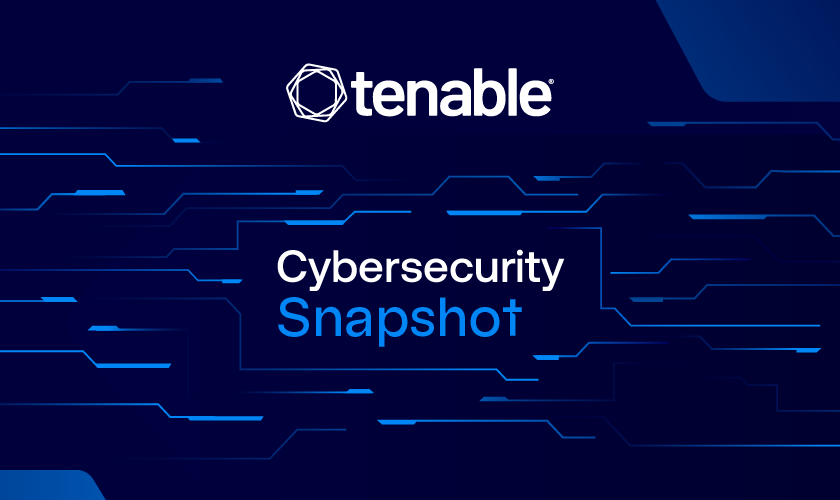Tenable blog
Cybersecurity Snapshot: CISA Analyzes Malware Used in SharePoint Attacks, as U.K. Boosts Cyber Assessment Framework

Microsoft’s March 2025 Patch Tuesday Addresses 56 CVEs (CVE-2025-26633, CVE-2025-24983, CVE-2025-24993)
Microsoft addresses 56 CVEs, including seven zero-day flaws, with six of those being exploited in the wild....
Cybersecurity Snapshot: CSA Outlines Data Security Challenges and Best Practices, While ISACA Offers Tips To Retain IT Pros
Check out best practices for shoring up data security and reducing cyber risk. Plus, get tips on how to improve job satisfaction among tech staff. Meanwhile, find out why Congress wants federal contractors to adopt vulnerability disclosure programs. And get the latest on cyber scams; zero-day vulner...
CVE-2025-22224, CVE-2025-22225, CVE-2025-22226: Zero-Day Vulnerabilities in VMware ESXi, Workstation and Fusion Exploited
Broadcom published an advisory for three flaws in several VMware products that were exploited in the wild as zero-days. Organizations are advised to apply the available patches....
Creating Elegant Azure Custom Roles: Putting NotActions into Action!
Creating custom Roles in Azure can be a complex process that may yield long and unwieldy Role definitions that are difficult to manage. However, it doesn’t have to be that way. Read on to learn how you can simplify this process using the Azure “NotActions” and “NotDataActions” attributes, and create...
Cybersecurity Snapshot: OpenSSF Unveils Framework for Securing Open Source Projects, While IT-ISAC Says AI Makes Ransomware Stealthier
Check out a new framework for better securing open source projects. Plus, learn how AI is making ransomware harder to detect and mitigate. In addition, find out the responsible AI challenges orgs face today. And get the latest on AI tool sprawl; ransomware trends; and much more!...
Identity Security Is the Missing Link To Combatting Advanced OT Threats
Sophisticated OT threats, like living-off-the-land (LotL) attacks, exploit identity vulnerabilities to infiltrate critical infrastructure. Find out how robust identity security and unified exposure management can help you detect, prioritize and mitigate risks across IT and OT environments....
Identity Is the New Battleground: Why Proactive Security Is the Way Forward
Protecting identities has become a top priority for security teams. However, many organizations remain exposed due to blind spots caused by identity sprawl and misplaced trust in identity providers. This blog explores why traditional security measures fall short, how AI-driven attackers are escalati...
Cybersecurity Snapshot: Ghost Ransomware Group Targets Known Vulns, CISA Warns, While Report Finds Many Cyber Pros Want To Switch Jobs
Check out mitigation recommendations to protect your organization against the Ghost ransomware gang. Plus, get tips on how to attract and retain top cybersecurity professionals. And learn the latest on the most prevalent malware; CIS Benchmarks; an AI security hackathon; and much more!...
How To Reduce DNS Infrastructure Risk To Secure Your Cloud Attack Surface
Mismanaging your DNS infrastructure could put you at risk of destructive cyberattacks – especially as your cloud attack surface expands. Read on to learn about DNS vulnerabilities, the impact of DNS takeover attacks, and best practices for DNS security, including how new Tenable plugins can help you...





